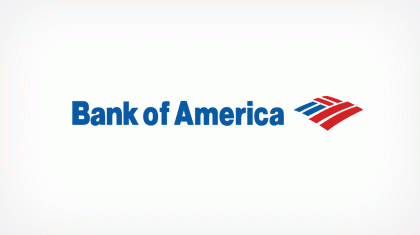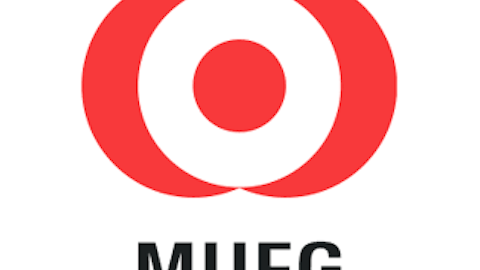“In theory, there is no difference between practice and theory. In practice there is.” — Yogi Berra
An unfortunate trend has caught on in corporate boardrooms across America: Corporate directors are using share buybacks to return capital to shareholders instead of dividends. As my colleague Morgan Housel observed earlier this year, “Buybacks are now the chief method of returning money to shareholders.”
On a theoretical level, there’s nothing wrong with this, as a well-executed buyback program is indeed an effective way to create shareholder value. On a practical level, however, only rarely does such a program deliver on this promise.
Although it may seem difficult to discern between the two without the benefit of hindsight, it turns out there’s an exceptionally easy way to do so. No company — and this applies to banks in particular — should repurchase its own stock when shares are valued above book value to a larger extent than the company’s return on equity.

The worst buyback in recent history
There are few companies that have destroyed more shareholder value through share buybacks over the last few years than Bank of America Corp (NYSE:BAC).
Between 2003 and 2007, it repurchased a little over 768 million shares of its common stock at an average price of $52.05 per share, equating to a grand total of just under $40 billion.
A year and a half later, the Federal Reserve ordered it to raise $33.9 billion in new capital “in order to weather two years of the most severe economic circumstance.”
It did so, and then some, by issuing 3.5 billion new shares in 2009 at an average price of $13.47 per share for a grand total of $47.5 billion.
That’s what you call buying high and selling low. And as a result of these operations, Bank of America Corp (NYSE:BAC)’s shareholders found their ownership interests diluted by a factor of two.
And the list goes on…
While most buyback programs don’t rise to the same level as Bank of America Corp (NYSE:BAC)’s in terms of destroying shareholder value, plenty of others have demonstrated a similar tendency.
The closest in this regard is Citigroup Inc. (NYSE:C), which repurchased $41 billion of stock in the decade preceding the crisis only to then require $45 billion in government assistance to make it through the downturn.
And after a particularly egregious miscalculation last year, the CEO of JPMorgan Chase & Co. (NYSE:JPM) apologized to shareholders for buying back billions of dollars’ worth of stock just before its shares lost 25% of their value. “Yes, it would have been wise to wait,” lamented Jamie Dimon. “We’re sorry.”
It’s examples like these that, until a recent and narrowly tailored change of heart, caused Warren Buffett, the chairman and CEO of Berkshire Hathaway Inc. (NYSE:BRK.A), to castigate the practice. As he noted in his 2000 letter to shareholders,
[I]t appears to us that many companies now making repurchases are overpaying departing shareholders at the expense of those who stay. In defense of those companies, I would say that it is natural for CEOs to be optimistic about their own businesses. They also know a whole lot more about them than I do. However, I can’t help but feel that too often, today’s repurchases are dictated by management’s desire to ‘show confidence’ or be in fashion rather than by a desire to enhance per-share value.
In short, companies are resoundingly inept when it comes to purchasing their own stock. They buy when the price is up and sell when it’s down.
How companies can create value through buybacks
Given these unfortunate examples, should investors assume there’s no such thing as a good buyback? Not necessarily, though I’m generally pretty skeptical. And here’s a simple rule you can use to contemporaneously test the efficacy of such a program.




